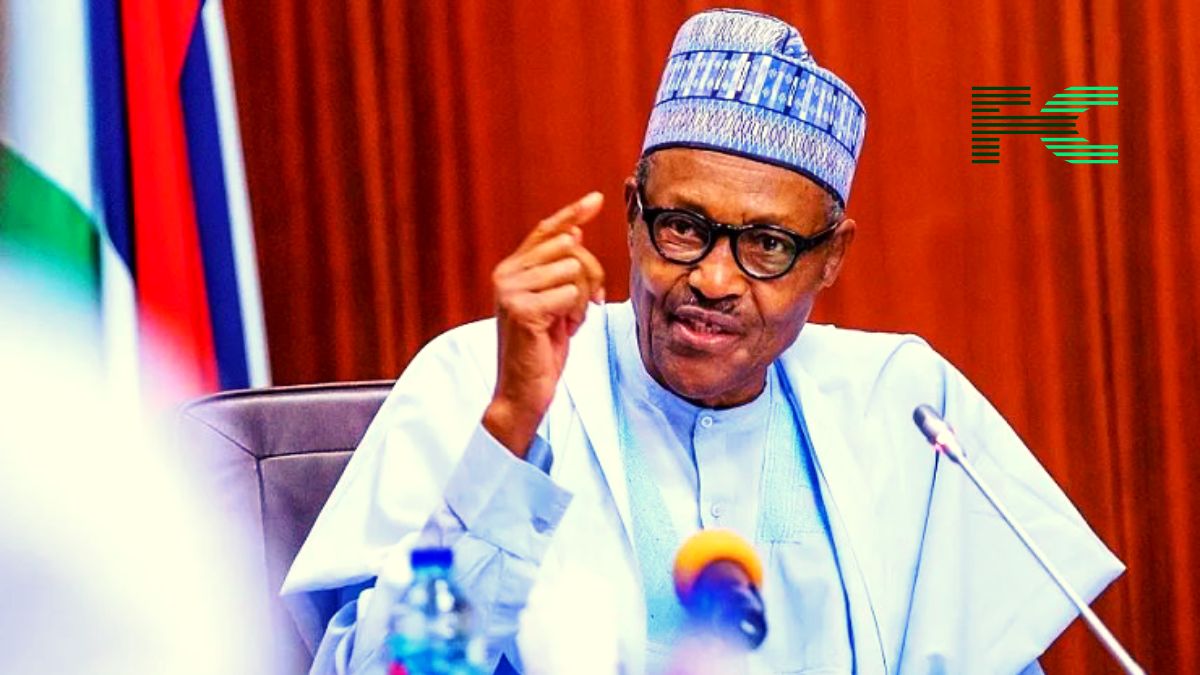India’s sweeping reform of its Goods and Services Tax (GST) is a bold move that goes far beyond simple tax cuts. By streamlining its complex, multi-tiered system into a clear two-slab structure, Prime Minister Narendra Modi’s government is taking a calculated risk to insulate the country from external economic shocks, most notably the punishing tariffs imposed by U.S. President Donald Trump.
This is not a tax giveaway; it is a powerful strategic maneuver to boost domestic consumption, stimulate the economy, and send a clear message to the world: India will not be bullied into submission. While some critics fret about a short-term revenue loss, this is a necessary sacrifice for long-term economic resilience and a firm answer to Washington’s protectionist aggression.

A Proactive Shield Against Foreign Aggression
The timing of this GST overhaul, just as Trump’s 50% tariffs on Indian goods take effect, is no coincidence. India’s leadership understands that a reliance on export-led growth makes the country vulnerable to the whims of global politics.
The solution is to fortify the domestic economy by putting more money in the hands of the Indian consumer. By making a vast array of goods—from food items and appliances to small cars and life-saving medicines—significantly cheaper, the government is deliberately trying to trigger a consumption boom.
This massive stimulus, coupled with a recent income tax giveaway and interest rate cuts, is a strategic masterstroke designed to fuel internal demand and create a powerful economic engine that can withstand external headwinds. It is a brilliant example of a nation using fiscal policy as a tool of geopolitical defense.
Why It Matters
While the new GST structure is a welcome step, its success will depend on more than just lower prices. To fully realize its potential and mitigate the estimated $6 billion revenue loss, the government must now ensure that businesses pass on the tax benefits to consumers. This requires a strong anti-profiteering mechanism and public pressure. Moreover, this reform is not a silver bullet.
The long-term sustainability of India’s economy will depend on a continued commitment to further structural reforms, including investments in infrastructure and job creation. By simplifying the tax system and promoting a robust domestic market, India is taking control of its own economic destiny. The rest of the world, particularly the United States, should take note of a nation that chooses to build and reform its own house rather than resort to the damaging, self-defeating tactics of a global trade war.

















